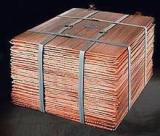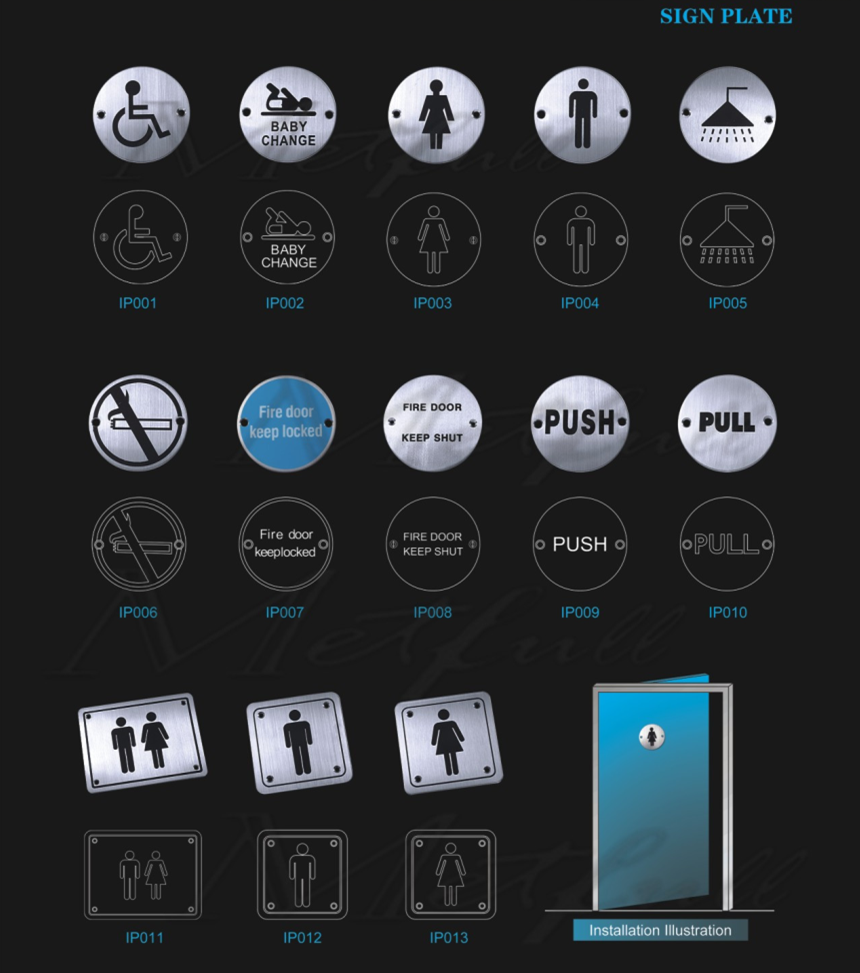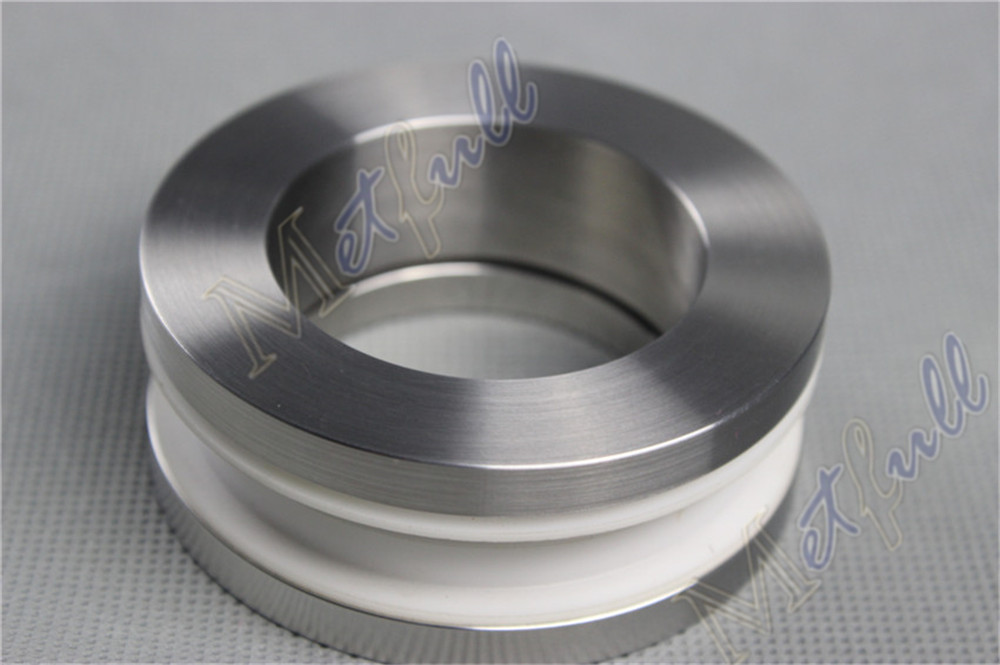 The issue of the US fiscal cliff, the European debt crisis, and the slowdown of China's economic growth have caused pressure on investors to reduce their willingness to risk, and market sentiment is generally bearish. On the London Metal Exchange, data released on February 25 showed that copper inventories increased by 6,375 tons to 430,725 tons; boosted by the USD correction, London copper opened higher yesterday and then fell back to the opening level, eventually closing at a slight increase, London The three-month copper of the Metal Exchange (LME) rose by 13 US dollars to US$7830. From the perspective of the trend, Lonco finally closed down for several consecutive days. This may indicate that the current copper price is as expected.
The issue of the US fiscal cliff, the European debt crisis, and the slowdown of China's economic growth have caused pressure on investors to reduce their willingness to risk, and market sentiment is generally bearish. On the London Metal Exchange, data released on February 25 showed that copper inventories increased by 6,375 tons to 430,725 tons; boosted by the USD correction, London copper opened higher yesterday and then fell back to the opening level, eventually closing at a slight increase, London The three-month copper of the Metal Exchange (LME) rose by 13 US dollars to US$7830. From the perspective of the trend, Lonco finally closed down for several consecutive days. This may indicate that the current copper price is as expected. In the domestic market, Shanghai copper continued to open lower and lower on the 25th; the spot market was stable today, the Yangtze River market price discount 200 yuan / ton to discount 100 yuan / ton, the Shanghai market Pingshui copper turnover 56850- 56950 yuan / ton, surpass copper transaction price 56950-57070 yuan / ton; the end of the month will increase the willingness of holders to cash, speculators into the market in early trading, Shanghai copper copper stocks continue to decline, the market is still bearish atmosphere, wait-and-see mood increased, turnover general.
China is an important driving force for the growth of global copper consumption
Among all commodities, copper may be the best representative of the super cycle of commodity prices caused by strong growth in China (for 10 years). However, the scarcity of copper for a decade may be coming to an end. The intergovernmental organization International Copper Research Organization (ICSG) predicts that the copper market will oversupply 458,000 tons in 2013, the highest excess recorded by ICSG since 2001.
Copper prices will gradually decline. This is already the consensus of many people. However, most people think that copper prices will not immediately jump. However, if the situation of oversupply continues, the price of copper may further decline, thus declaring the end of the mining industry's marching into the bullion era and damaging the economies of copper-producing countries such as Chile and Peru.
The economic slowdown in China is an important reason for this change. China, which accounts for 40% of global copper demand, is entering a period of slower growth and a reduction in investment-driven growth, making the copper price soaring at the beginning of the century (when China’s copper demand soared by more than 30% within a year). Reproduce.
Since 2000, Asian countries (regions) represented by China have become the main growth point of global copper consumption. The rapid development of the national economy and large-scale infrastructure construction are the main reasons for the rapid growth of copper consumption in China. The transfer of manufacturing industries from developed countries to developing countries is also an important factor in the growth of copper consumption in China.
China is an important driving force for the growth of global copper consumption. In 2011, China’s copper smelting industry realized main business income of 577.8 billion yuan, an increase of 41.15% year-on-year, and profit of 22.5 billion yuan, an increase of 7.1 billion yuan. High profits attract more companies to accelerate the release of production capacity. Judging from the current capacity utilization rate, the domestic copper processing industry has a low concentration and uneven distribution. Among the 12 million tons of capacity, there are 1,200 copper processing and production enterprises. From this, it is estimated that the annual average copper production capacity in China is only 10,000 tons, and only 8 companies have output of more than 100,000 tons, and the enterprises are mostly distributed on the southeast coast. In Guangdong, the copper processing industry in the Midwest is relatively backward.
In the past 20 years, the proportion of China’s refined copper consumption in the world’s consumption has been rising. In 1995, China’s copper consumption exceeded 1 million tons, surpassed 2 million tons in 2001, and became the world’s largest copper consumer in 2002. In 2007, it consumed 4.65 million tons, accounting for 25.1%; in 2011, it consumed 7.86 million. Ton, the proportion rose to 39.3%.
China's economic slowdown keeps copper prices low
In the consumption structure, China's refined copper consumption is mainly concentrated in three areas: electricity, air conditioning, and transportation. The highest proportion of power consumption in the power industry continued to grow under continuous years of growth. Compared with developed countries, the proportion of consumer copper in China's electronics, electrical appliances and machinery manufacturing industries is significantly higher than that of industrial developed countries, while the proportion of construction and transport vehicle consumption of copper is much lower than that of industrial developed countries.
On the one hand, domestic manufacturers of electrolytic copper, cables, and copper rods are calling for new projects that can no longer be launched, and their production capacity is already in surplus. However, on the other hand, the enthusiasm of the copper industry projects in the “staking places†has not been reduced at all. The expansion has intensified the competition for copper concentrates by China's copper smelters, causing miners to compete to reduce their smelting costs. The serious shortage of self-sufficiency in copper concentrates not only enables China’s copper companies to increase their copper prices, they also bear the loss of processing fees, and they will not enjoy any benefits from rising copper prices.
According to incomplete statistics, at present, China’s newly-built copper strip production capacity will total approximately 1.2 million tons, tube-bar type production capacity 450,000 tons, copper rod and wire production capacity 1.5 million tons, and the nation’s copper processing capacity will add 3.15 million tons, and these new projects will Completed before 2015.
The weak real estate industry in China may lead to a substantial reduction in the rate of construction completion at the end of next year, which “constitutes a major downside risk to copper prices at the end of 2013.†However, the most significant change in the copper market is the increase in the supply of ore. The reason why the price of copper is high in the past ten years and China's high demand is one aspect, but the mining industry's failure to increase production is almost equally important. But now, the miners are responding. In the world’s largest copper supplier, Chile, copper production rose by 7.8% year-on-year in the three months to August. ICSG predicts that copper supply will increase by 6.4% next year, the highest increase since the mid-1990s. However, the good news is that while the miners increase their copper production, they have encountered the problem of the US fiscal cliff, the European debt crisis, and the slowdown of China’s economic growth. The increase in output and the decline in demand have contributed to the combined effect of copper prices. The decline has become inevitable.
Recycling scrap copper becomes an important supplement
In recent years, the development of circular economy and energy conservation have become a matter of great concern to the Chinese government and enterprises. Waste copper that can be recycled is gradually becoming an important supplement to copper smelting raw materials. In major developed countries, the proportion of renewable copper production is very high, with the United States accounting for about 60%, Japan about 45%, and Germany about 80%. Therefore, to solve the problem of China's copper resources, in addition to strengthening the expansion of copper resources at home and abroad, we must also vigorously develop the path of renewable copper.
In 2011, China's production of recycled copper rose rapidly from 288,000 tons in 2003 to 1.81 million tons, while the share of reclaimed refined copper in the total refined copper output also expanded from 16.3% in 2003 to 35%. Currently, there are 600,000 to 800,000 tons of renewable copper capacity under construction and proposed. If these production capacities are completed and put into production, China’s renewable copper production capacity will exceed 3 million tons.
As a large number of non-ferrous metal products in the domestic consumer sector have not yet entered the peak period of scrapping, the scrap metal recovered in China is still unable to meet the growing demand for raw materials for the renewable non-ferrous metals industry. Imported scrap metal is still an important source of raw materials for the renewable non-ferrous metals industry in China. At present, only 600,000-700,000 tons of scrap copper are recycled in the country and about 4 million tons are imported.
The development of China's copper industry faces many risks and challenges: the international economic situation is unstable, and the recovery of major economies remains weak; energy saving and emission reduction and structural adjustment are increasing; the structural contradictions of the industry itself are prominent, and copper raw materials are easily subject to people; The proportion of deep processing and application products is still small, and the added value of products is low.
Therefore, we should speed up the pace of overseas prospecting, and actively use foreign resources while digging deep into domestic resources; through strict industry access standards, control the excessive growth of domestic copper smelting capacity; strengthen industry rectification, and then improve the concentration of China's copper smelting industry Degree; market-oriented, with the objective of replacing imported materials, developing copper deep processing industry; increasing scientific and technological innovation and R&D investment, and advancing market-oriented, enterprise-centered, production, learning, and research combined scientific and technological innovation systems; Energy conservation and emission reduction, vigorously develop green industry and recycling industry.
Bathroom Hardware products include signs and bathroom handles. Signs for public places, toilets, shower doors and other places, there are no smoking signs, handicapped cards, men / girls signs, push / pull signs, the shape of a round and square. Bathroom handle with built-in Door Handle, round recessed knob handle. Satin and polished technology to make the product more outstanding.
The figure is our company's bathroom hardware signs plate. You can choose according to your needs.



Bathroom Hardware
Bathroom Hardware,Stainless Steel Bathroom Hardware,Bathroom Hardware Sets,Brass Bathroom Hardware
Metfull Metal Products Co., Ltd , http://www.metfull.com